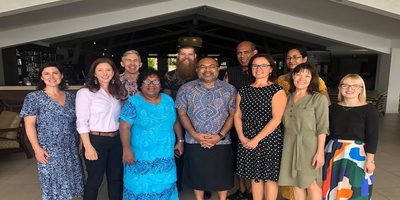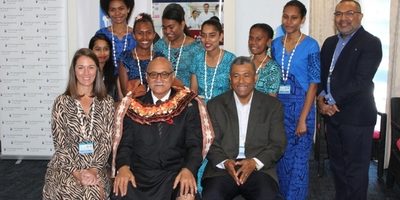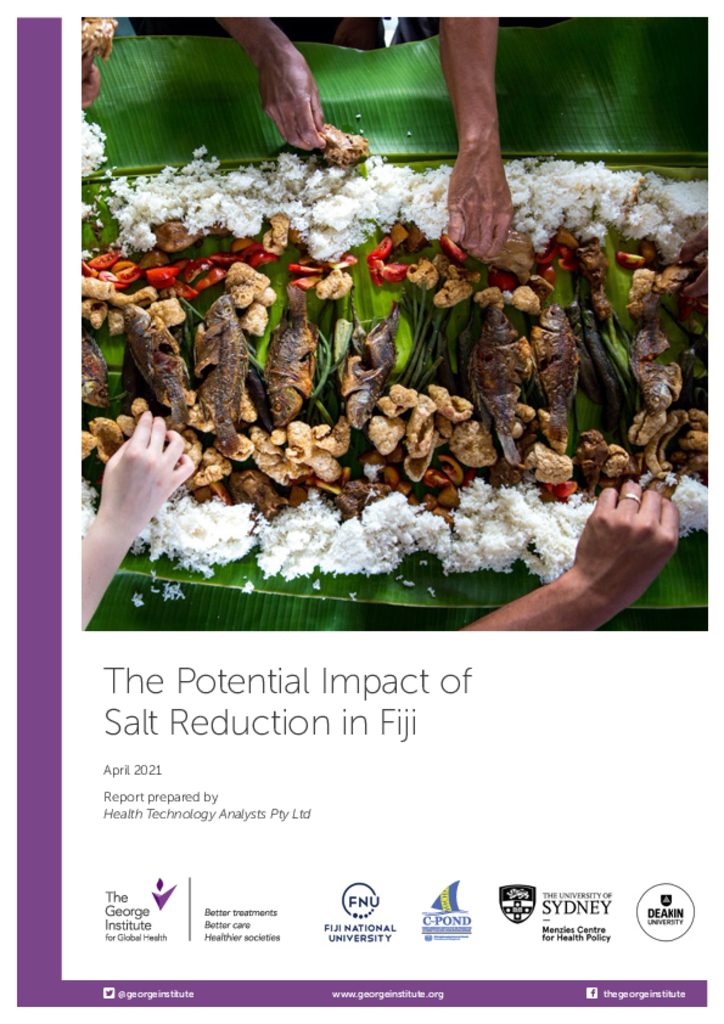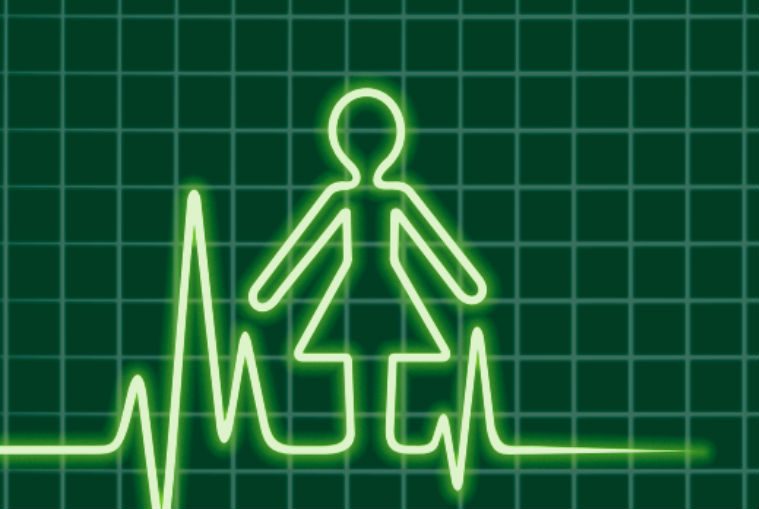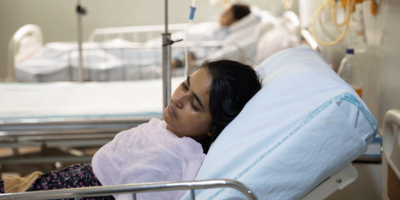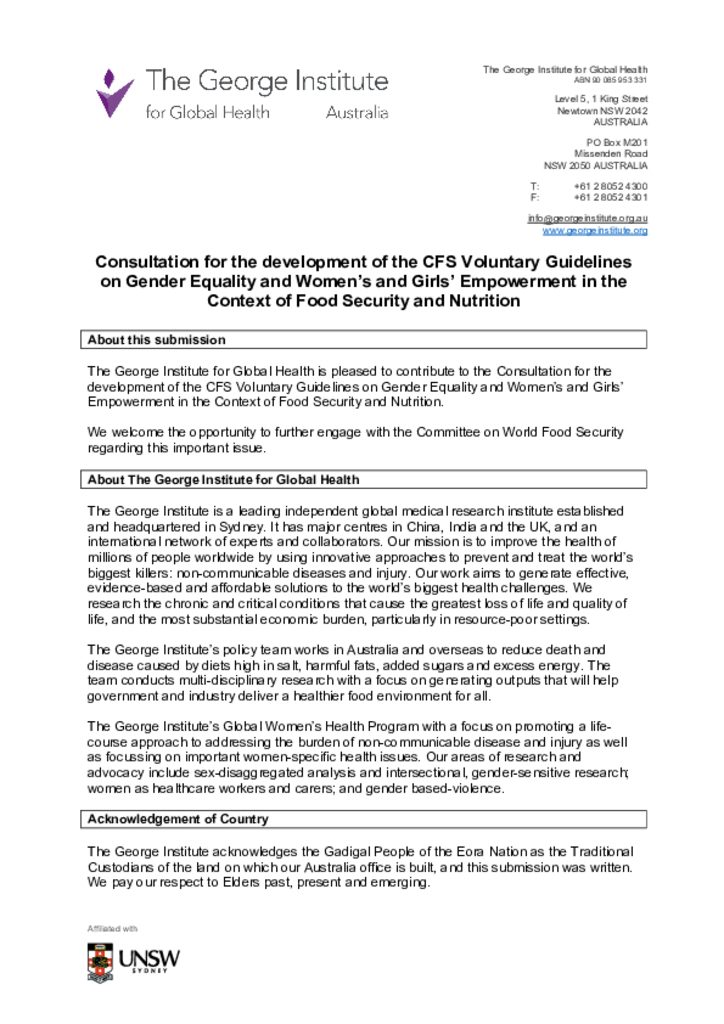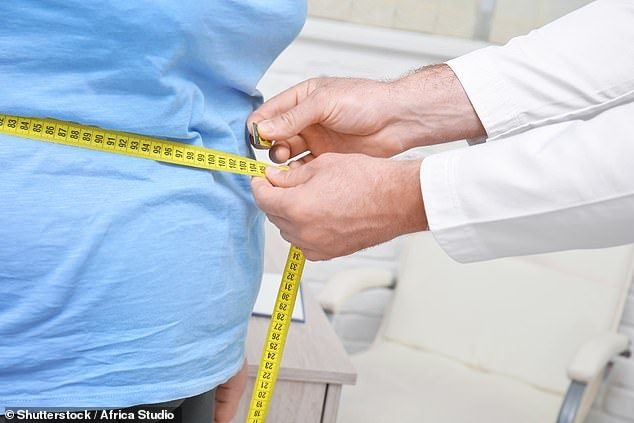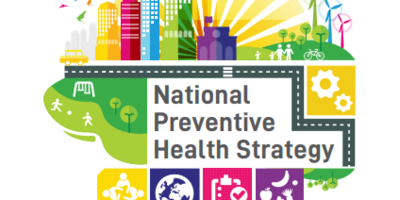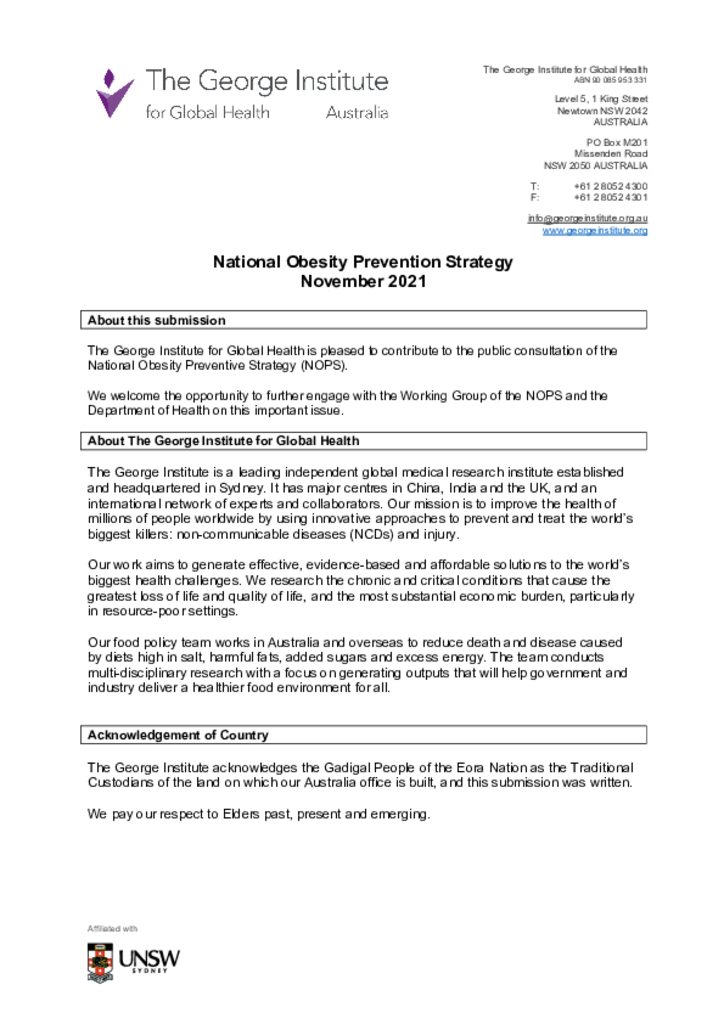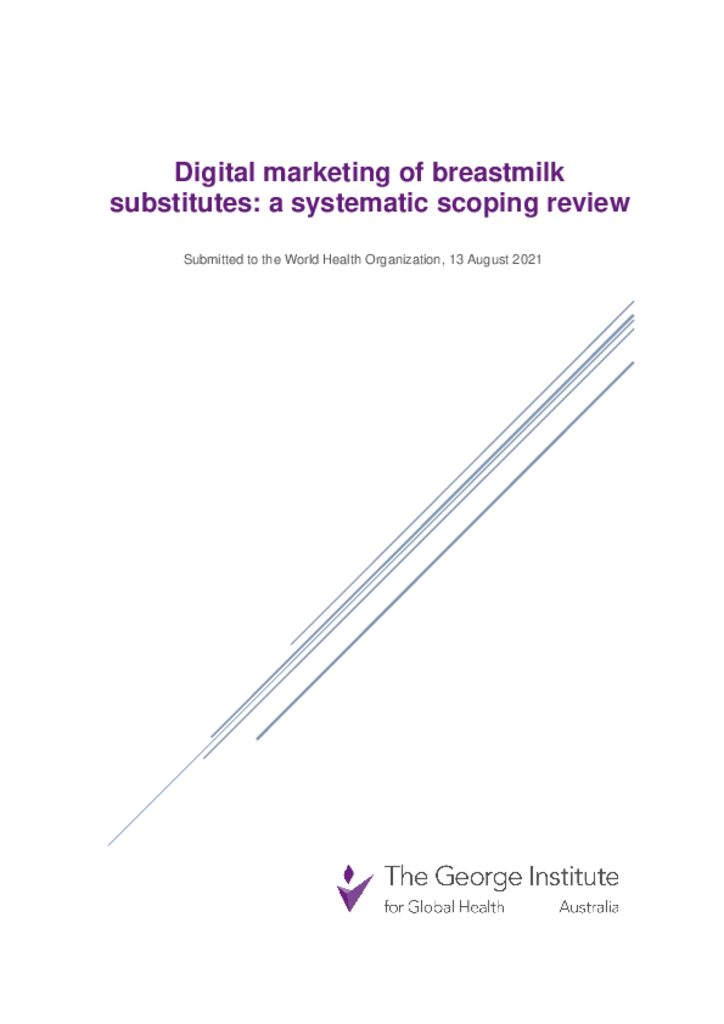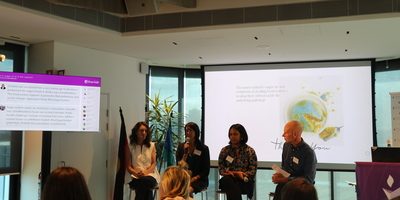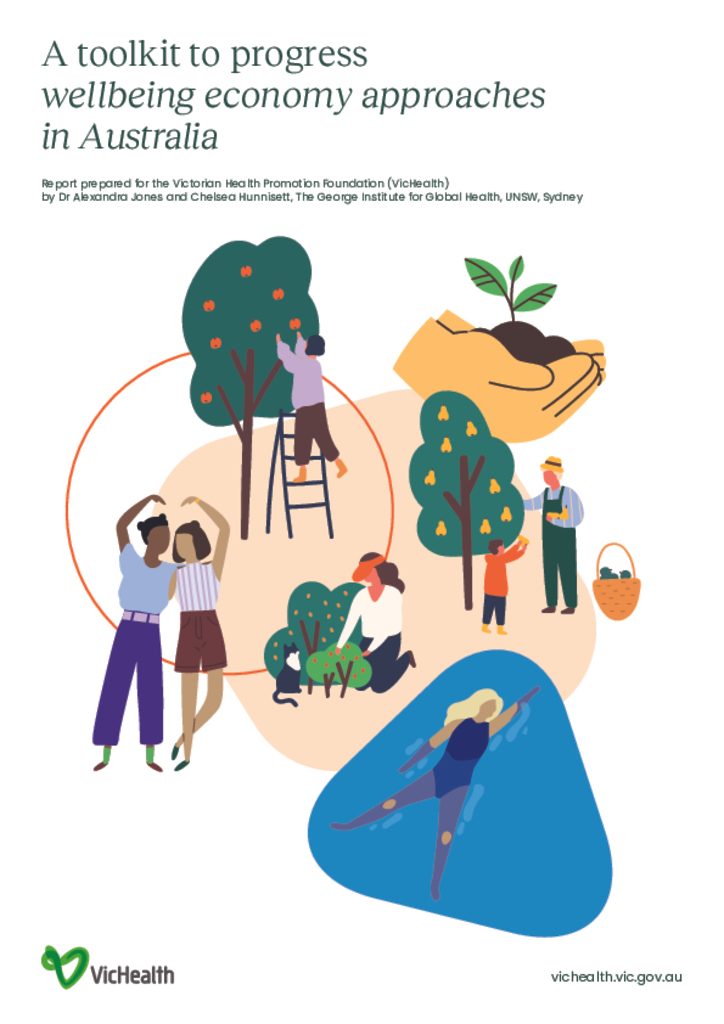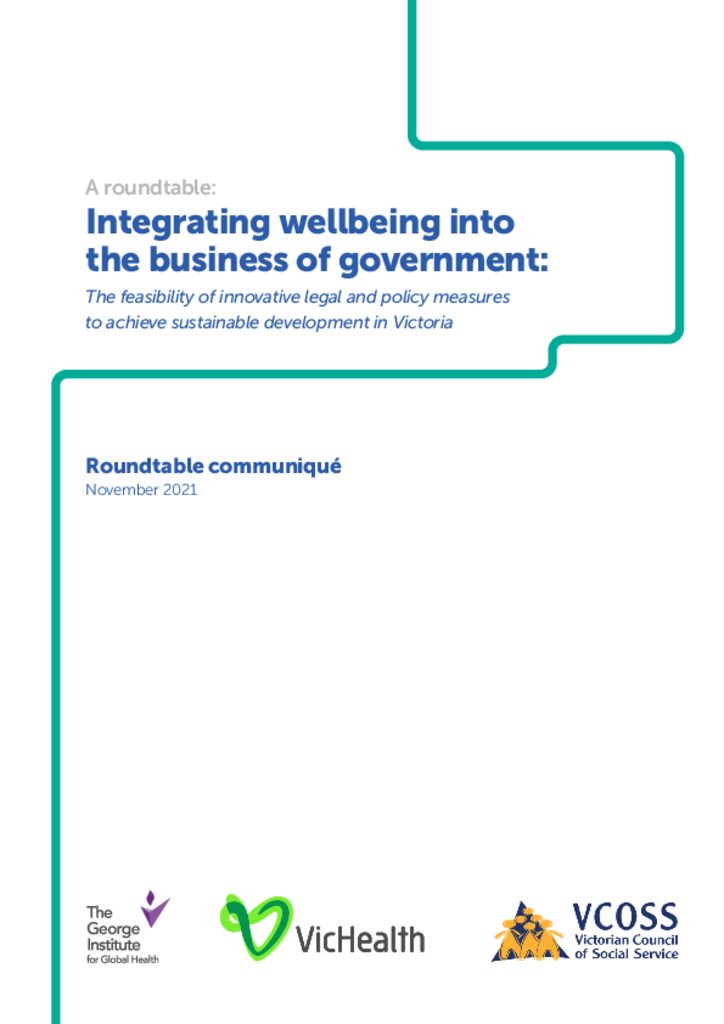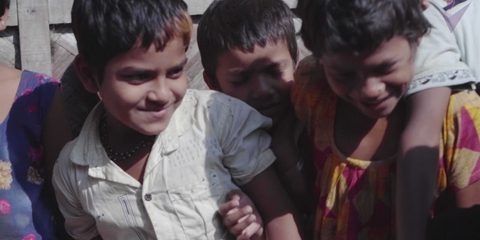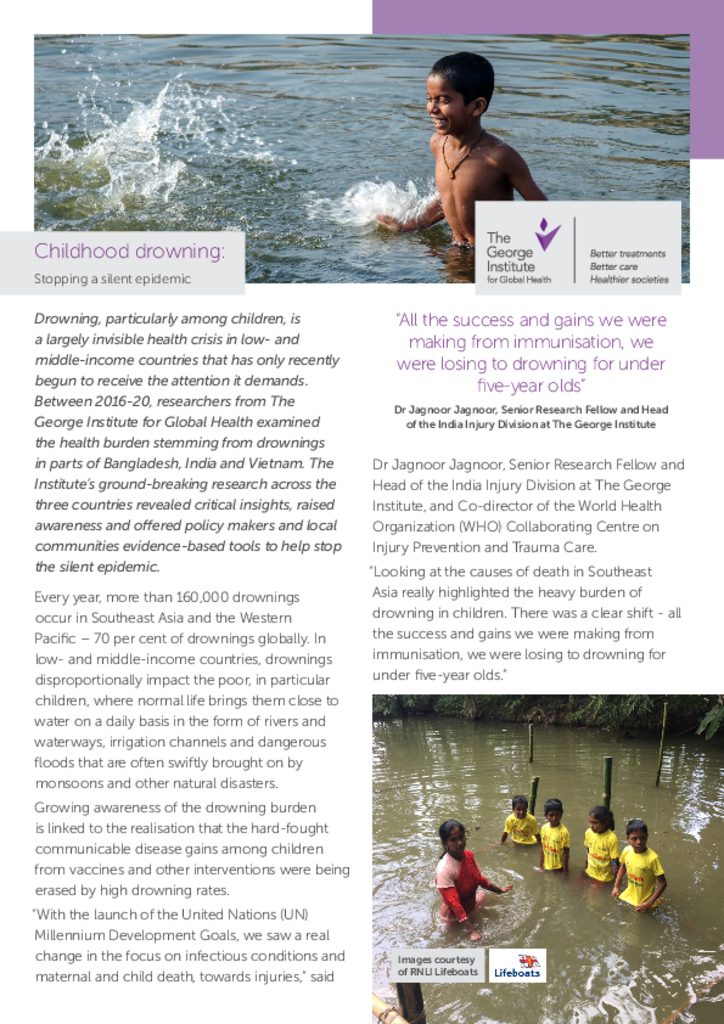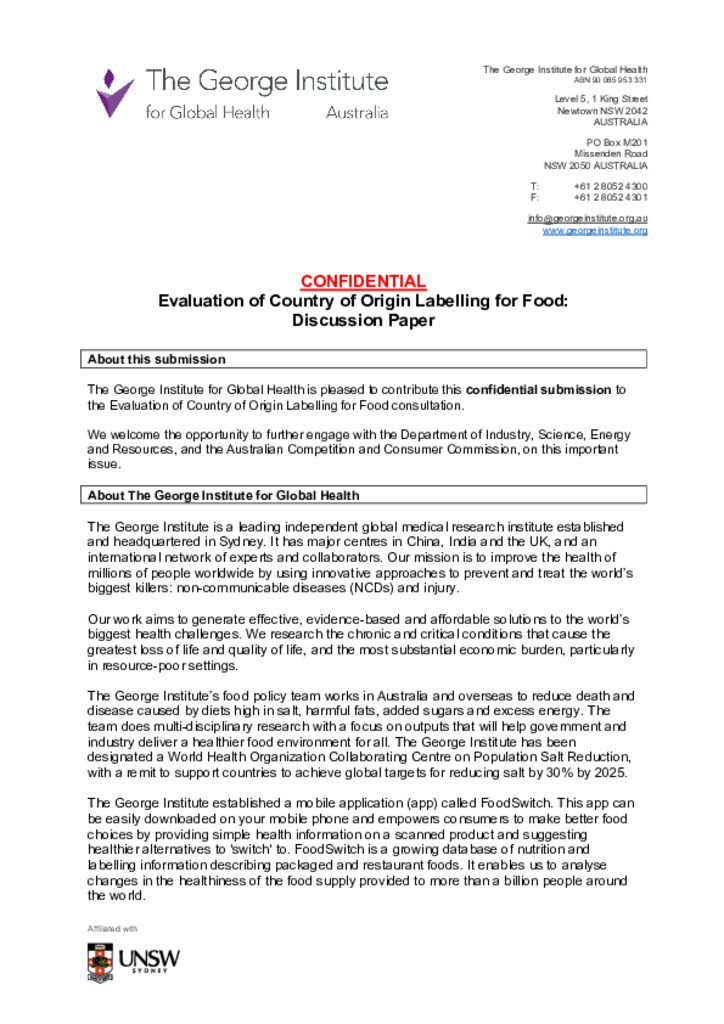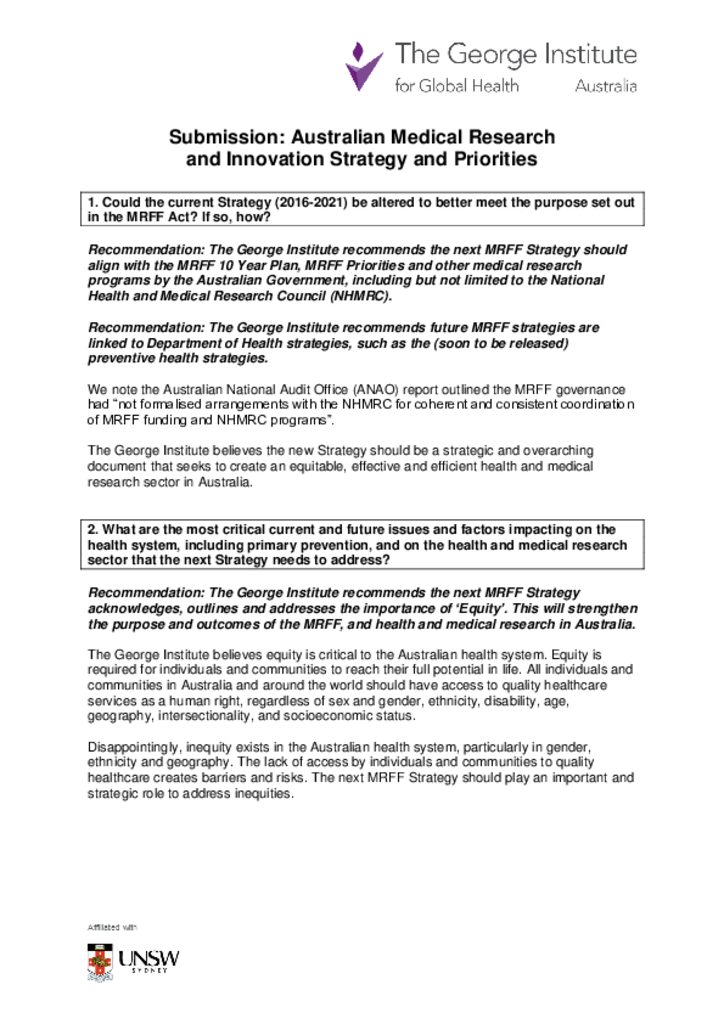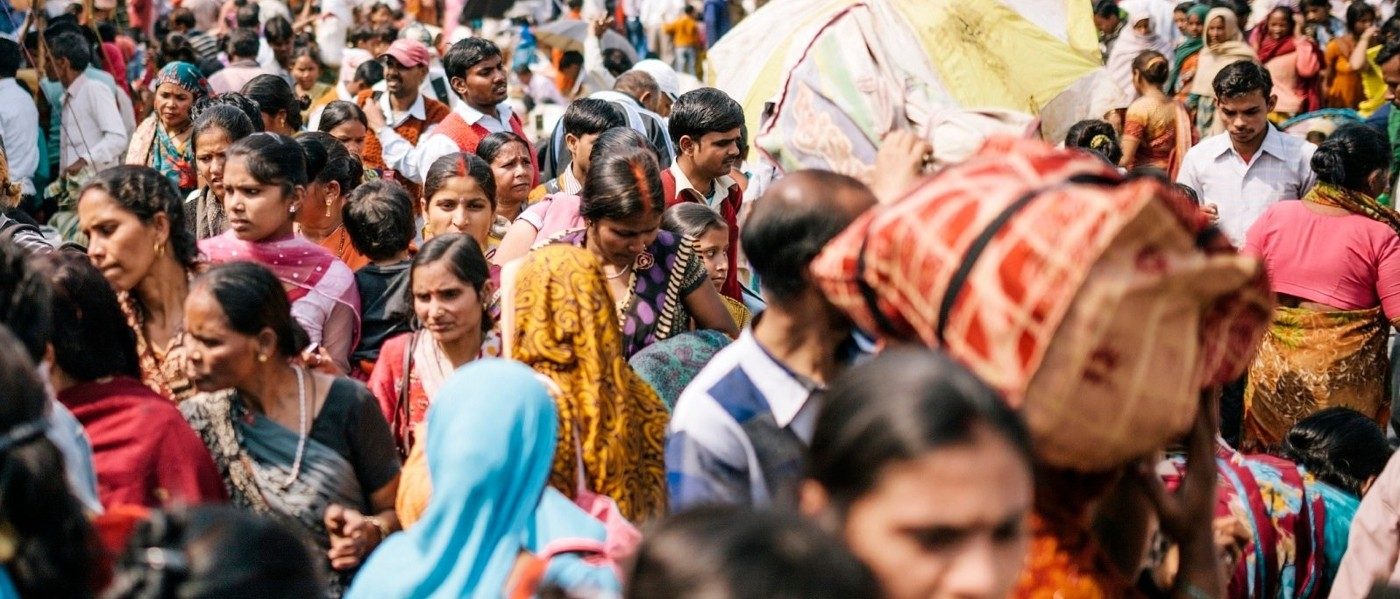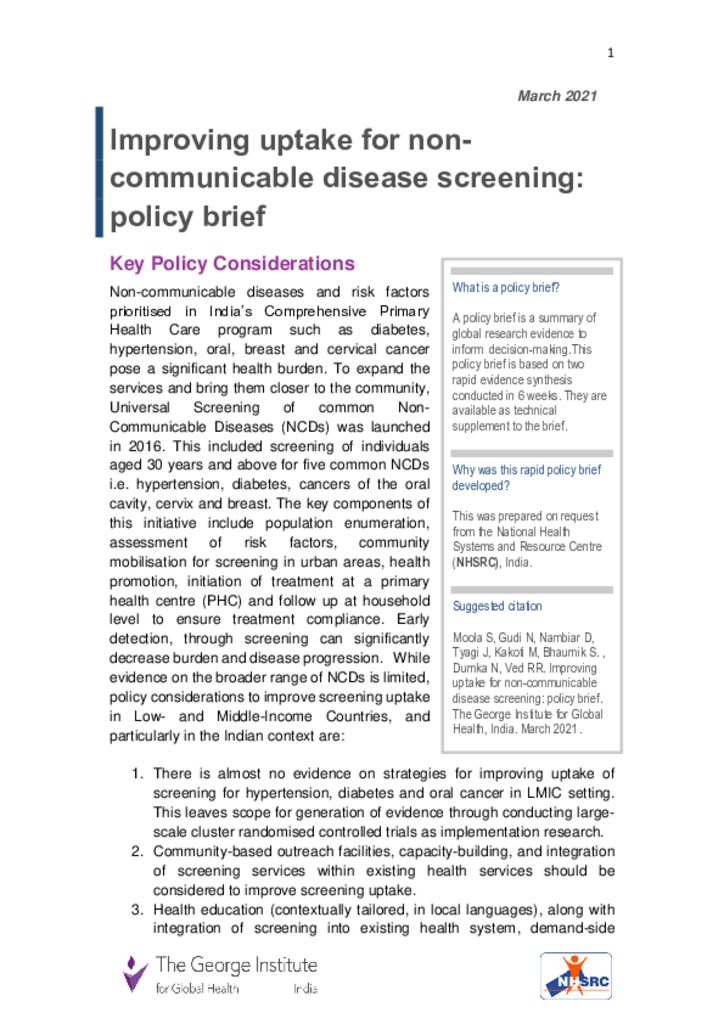The ongoing impacts of climate and health crisis in Australia, such as catastrophic bushfires, floods, drought and the COVID-19 pandemic, remind us the world is rapidly changing. This presents challenges and consequences for human and planetary health, and the wellbeing of current and future generations. Social, environmental and economic imbalances pose a threat to all, but particularly people living on low incomes or experiencing disadvantage.
The imperative to ‘build back better’ creates opportunities for governments to look for new ways of working to better support the health and wellbeing of the community now and into the future.
A wellbeing economy takes a sustainable development approach to economic development that addresses the social, environmental and health needs of a population by prioritising wellbeing over exponential growth. A wellbeing economy values indicators of wealth beyond gross domestic product, such as equity, happiness and environmental outcomes. It can provide society with a more holistic and balanced approach to development.
“Wellbeing economies have the power to reframe the human experience in the 21st century. By placing people and planet at the centre of policy making, social, environmental and health outcomes can all be improved. Countries like Wales and New Zealand have shown us what is possible – we now need to State, Territory and Commonwealth jurisdictions in Australia to step up” says Dr Alexandra Jones, Senior Research Fellow, Food Policy at The George Institute for Global Health.
2023
In February 2023, The George Institution contributed a written submission to the Commonwealth Treasury on the consultation for the ‘Measuring What Matters’ Framework (the Framework). The submission focused on providing contextually relevant feedback to proposed OECD Framework for Progress and Well-being and providing additional proposed indicators including the inclusion of chronic disease, injury and disability; access to quality, culturally safe healthcare; healthy, affordable and sustainable food and water supply; and, the inclusion of Aboriginal and Torres Strait Islander peoples wellbeing.
2022
In October 2022, The George Institute and VicHealth released its toolkit to progress wellbeing economy approaches in Australia. This toolkit was created to support Australian policymakers to build healthier, more just and more sustainable economies for people and the planet. The toolkit builds upon the work of global thought leaders, including the Wellbeing Economies Alliance, the Organization for Economic Co-Operation and Development and the World Health Organization as well as individual country case studies, to provide practical guidance for governments to accelerate visionary action in Australia. Please refer to the toolkit on this page.
In July 2022, the Treasurer of Australia, the Hon. Jim Chalmers MP, announced the Albanese Government’s intention to include a wellbeing chapter in the October 2022 Federal Budget. This is the first time the Commonwealth Government will have implemented a wellbeing approach to economic policy in Australia.
In August 2022, The George Institute hosted over 300 people for a virtual panel discussion ‘Measuring what matters: What a wellbeing economy can do for all Australians’ with Dr Katherine Trebeck (Wellbeing Economy Alliance), Dr Richard Denniss (The Australia Institute), Cressida Gaukroger (Centre for Policy Development) and Dr Julieann Coombes (The George Institute). This event explored how a wellbeing economy might improve social, health and environmental outcomes and what should be the initial focus of the October 2022 budget.
2021
The George Institute, VicHealth and the Victorian Council of Social Service hosted a roundtable, bringing together experts from the health, community, environment, research and youth sectors to discuss the Report and workshop how this concept might be implemented in Victoria.
The ‘Integrating wellbeing into the business of government: The feasibility of innovative legal and policy measures to achieve sustainable development in Victoria’ Roundtable Communique summarises discussions from the roundtable, including participants’ feedback on what a wellbeing economy can do for the people of Victoria, potential barriers to its implementation and practical steps to moving the agenda forward.
Participants identified the following principles for moving the wellbeing economy agenda forward:
- Base the wellbeing economy agenda on principles of equity and sustainable development
- Advocate for transformation of the structural drivers that underpin a wellbeing economy
- Engage widely and strategically with diverse stakeholders in the development of the wellbeing economy agenda
- Build a coalition of community, sector and political champions around a coherent advocacy agenda
- Embed diversity and community voices in campaigns
- Employ qualitative and quantitative methods to find appropriate indicators for wellbeing priorities
- Move beyond traditional cost–benefit analysis to assess policies in terms of their contribution to current and future wellbeing
- Strengthen collaboration with existing networks working in this space in Australia and globally
2020 Report
The Victorian Health Promotion Foundation (VicHealth) commissioned The George Institute for Global Health to develop a report on how a wellbeing approach to policy could be incorporated into the business of government. The ‘Integrating wellbeing into the business of government: The feasibility of innovative legal and policy measures to achieve sustainable development in Australia' Report draws upon a number of international case studies to consider the feasibility of a wellbeing economy in Australia.




